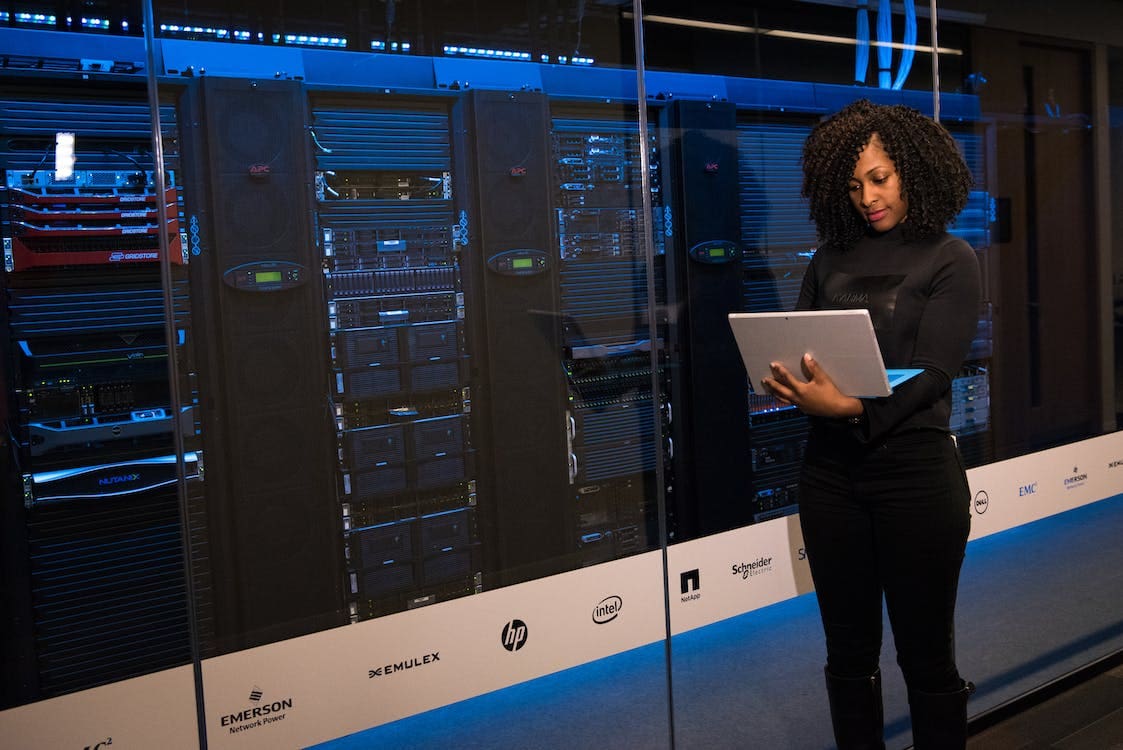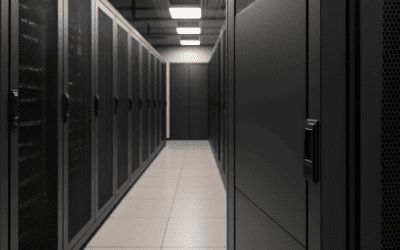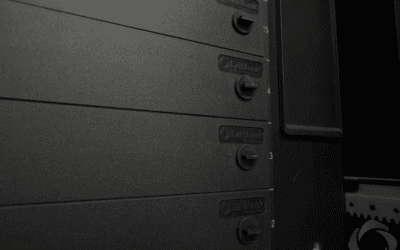Green Data Center Case Study
Data centers are the foundation for the Internet. Every data center uses information technology to store, analyze, and protect data needed to power all online services.
And this powerful technology is only becoming more essential as people around the world spend more time online and require bigger and better cloud computing.
Scientists, researchers, and industry professionals have conducted several case studies to determine how much power we need to meet the demand of constant online availability. They’ve realized there’s an urgent need for improvements to the way data centers are structured, so we can limit the energy we use to power these systems while continuing to provide internet access.
Below, we’re sharing information from several case studies on energy usage at data centers and why energy-efficient design is such a hot topic in this industry.
In the article:
[—ATOC—]
[—TAG:h2—]
High Energy Producing Facilities
Several factors are driving the growth of data centers, including:
- Increasing electricity usage
- Skyrocketing consumer demands for data storage management on cloud servers
- Growing Utility Costs
As a result, manufacturers and business owners are under pressure to create larger facilities capable of handling the demand without contributing to the world’s climate crisis.
And the demand shows no sign of slowing down. In fact, it’s only increasing. One study found that the power required to fulfill these processes used 90% of the world’s data in the last two years alone. The volume of video calls, streaming, cloud storage, and usage of messaging apps led to the average person creating roughly 1.7 MG of data per second in 2020.
Strategies to Optimize Energy
Research reveals the extensive measures organizations are taking to improve data center efficiency. Data centers are starting to rely on energy-saving green data center solutions to maintain the required cool temperature at every site as the market demands the need for stronger bandwidth and optimized workloads.
Here are some of the latest updates based on case studies, including some green data center examples.
Tech Improvement in Green Data Centers
Commercial chiller equipment is one way that companies are starting to drive down energy consumption while keeping up performance. This technology was created to combat the high temperatures that data center equipment produces.
An uninterrupted power supply is essential for data center efficiency , but hardware can only function in a balanced climate. Server hardware emits heat, similar to starting up a laptop at home. Therefore, low temperatures and air conditioning are required to keep systems working. And the more data being handled, the more efficient the cooling system needs to be to prevent a system breakdown.
But manufactures are starting to design IT equipment to handle consistently high-performance levels and reduce unnecessary heat. They’re realizing that harnessing power from renewable sources generates a management system that can continue operational capacity with cooling infrastructure.
Airflow management systems allow a company to increase performance while cutting down on power consumption. Running data centers on cool technology leads to 5% savings without sacrificing system reliability.
Today, approximately 40% of the data center’s energy is routed to its cooling systems to maintain a temperature-controlled environment. Data center managers that utilize airflow management are proving they can cut down on high percentages of energy costs by maximizing power usage effectiveness.
What Companies are Doing for Energy Efficiency
The growing pressure from environmentalists has created monetary incentives for businesses to use more ecologically friendly technologies at their data centers.
Studies show that corporations and even small businesses are investing in green data center initiatives by using natural ways to harness energy efficiency through renewable resources, including solar radiation, wind speed, among others.
Companies like Google are looking for a carbon-free future, a venture they are referring to as the “Moonshot,” a name reserved for bold projects that have so far fallen short of the mark. This grand ambition to run a business entirely carbon-free will test the balance between time and ability, with a deadline set for 2030.
Google’s data centers house servers that are responsible for powering billions of web searches and daily internet activities, including email exchanges and route mapping. These activities accounted for 15.1 million megawatt-hours in 2020 alone. When we analyze the data, they met 67% of their electricity needs with renewable resources, but is that number enough to be sustainable in the future?
Either way, Google’s strive for carbon neutrality is an example of what organizations are willing to try out to make every site more consistent with the global challenge to make centers environmentally sensitive.
Published Studies
Once the numbers started coming in about how much data we were using, researchers got started studying ways to increase the sustainability of every facility. Any paper written in the last few years covering sustainable energy resources is being considered by decision-makers in state and federal governments as well as businesses to strike a balance between energy consumption with lowering emissions.
The Rochester Institute of Technology has been developing a more energy-efficient IT process designed as the new “Green Data Center.” The new data center design is capable of handling an increased annual energy performance while reducing IT-related energy consumption by more than half.
In Iran’s case study, the power-performance-trade-off is discussed to emphasize the importance of IT equipment and cooling infrastructures. The detailed analysis is directed to solve the proposed problem between workload predictions and natural influences on a farm in Iran. The paper examines how the proposed method can lead to an 11.6% average cost savings, endorsing wind speed and solar radiation to construct energy-efficient data centers.
What to Expect in the Future
Based on green data center research comprised of case studies, the latest news, and professional references, we’re happy to report that people are taking notice of the need for green data centers.
The industry has shifted its focus to utilizing renewable energy and air conditioner power as part of an infrastructure strategy to improve data center design, management, and maintenance . Incentivizing conservation measures have also helped the data center industry juggle robust growth and the shift to sustainability.
And we’re proud to be on the cutting-edge of energy efficiency with our data center technology. Our data center cooling solutions are designed for ultimate efficiency at any facility and to reduce the carbon footprint for businesses of all sizes.
Curious to learn more? View our data center cooling and equipment to better support energy conservation.
You can also read more articles about green data centers here .




